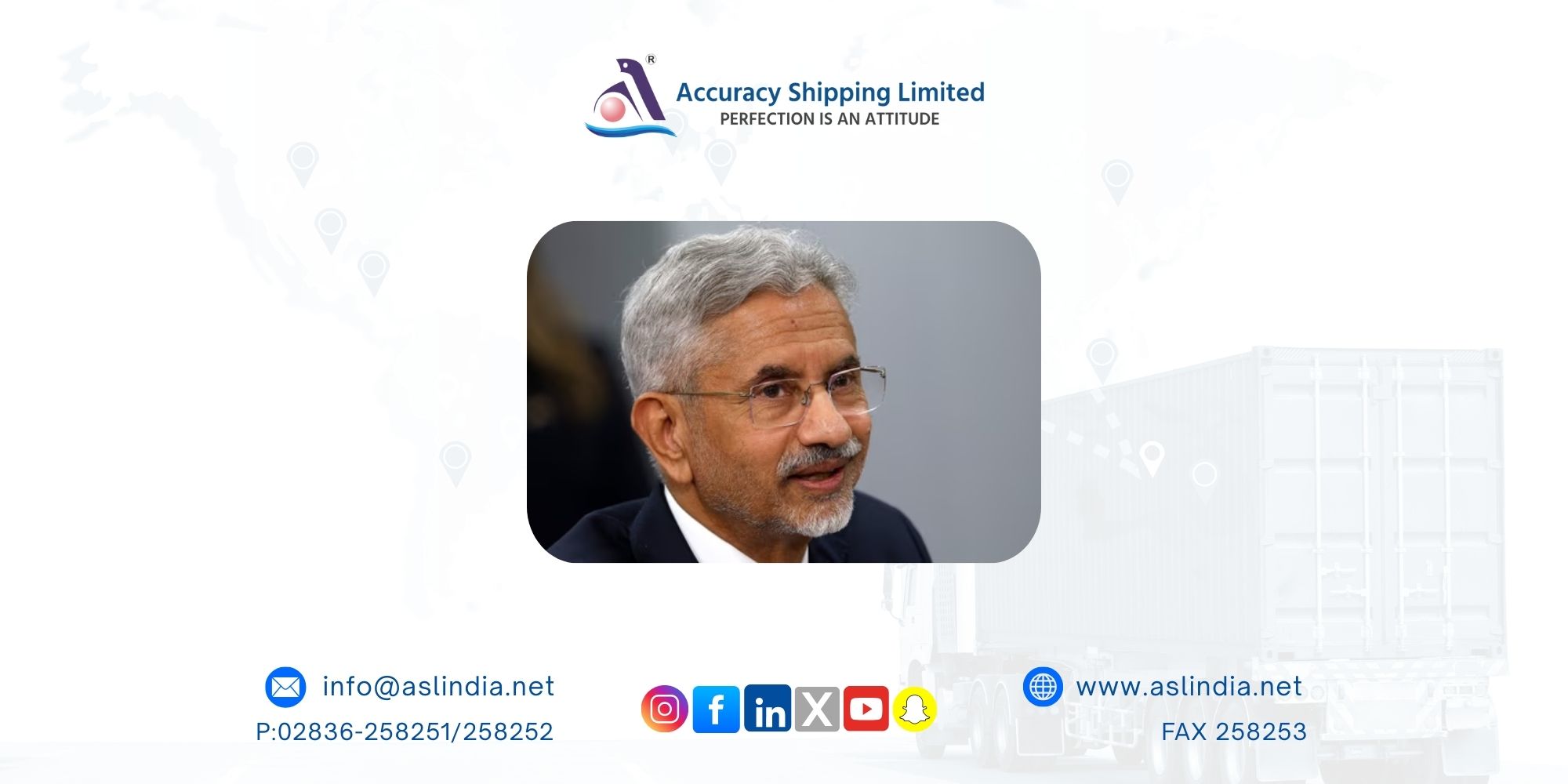Jaishankar's first China visit in 5 years, a look at Beijing-New Delhi ties since then

India’s External Affairs Minister (EAM) Dr. S. Jaishankar is visiting China for the first time in five years, marking a pivotal moment in the fragile relationship between two of Asia’s most powerful nations. His visit to Beijing, part of a two-nation tour following his stop in Singapore, comes at a time when India-China relations are under immense geopolitical scrutiny.
A Long-Awaited Diplomatic Step
Jaishankar’s arrival in Beijing on Sunday evening signals a fresh chapter in bilateral engagement after years of tension since the Galwan Valley clash of 2020. While in China, Jaishankar is scheduled to attend the Shanghai Cooperation Organisation (SCO) Foreign Ministers' meeting in Tianjin on Tuesday. On the sidelines of the summit, he is also expected to hold crucial bilateral talks with his Chinese counterpart, Wang Yi.
This visit comes on the heels of other high-level engagements, including recent visits to China by India’s Defence Minister Rajnath Singh and National Security Advisor Ajit Doval in June. These talks reflect India’s push to manage border tensions while keeping diplomatic channels open.
Galwan Valley: The Defining Rift
India-China relations hit a historic low in June 2020 with the deadly Galwan Valley clashes, the first fatal military confrontation between the two countries in 45 years. The skirmish resulted in the death of 20 Indian soldiers, including a commanding officer. Though China remained tight-lipped about its casualties, independent reports suggested its losses may have been significantly higher.
Since then, the Line of Actual Control (LAC) has been a zone of friction. However, a potential thaw was witnessed during the Modi-Xi meeting on the sidelines of the Kazan summit in October 2024. Both leaders reportedly agreed to revive various bilateral mechanisms to address the border dispute. As a result, negotiations resumed to ease military tensions in Depsang and Demchok, two flashpoints in eastern Ladakh.
A New Flashpoint: China's Support to Pakistan
Despite these attempts at de-escalation, recent developments have further strained relations. The most notable among them is China’s military backing of Pakistan during the India-Pakistan conflict that erupted after the April 22 Pahalgam terror attack, which claimed the lives of 26 Indian civilians.
In response to the attack, India launched Operation Sindoor targeting terror infrastructure across the border. According to India's Deputy Chief of Army Staff Lt. Gen. Rahul R. Singh, a staggering 81% of the military hardware used by Pakistan during this conflict was Chinese-made. He emphasized that India was not just facing Pakistan, but effectively confronting a coalition, including China.
Although China condemned the Pahalgam terror attack and reiterated its stance against all forms of terrorism, it paradoxically pledged support to Pakistan in defending its national sovereignty and territorial integrity. China's foreign ministry labeled Pakistan as an “ironclad friend” and reaffirmed their “all-weather strategic cooperative partnership.”
What Lies Ahead?
With such a turbulent recent history, Jaishankar’s visit raises key questions: Will this lead to genuine dialogue and trust-building between the two Asian giants? Or will it be yet another diplomatic encounter overshadowed by mutual suspicion?
The visit also gains significance as it follows the ceasefire between India and Pakistan after a three-day military conflict in May. China's visible involvement in backing Pakistan has deepened India's strategic concerns, making any dialogue with Beijing far more complex than before.
Conclusion
Jaishankar’s China visit is more than a diplomatic formality; it’s a strategic necessity aimed at managing one of India's most complex foreign relationships. From the shadow of Galwan to the challenge of China’s growing nexus with Pakistan, the road ahead remains rocky. However, with high-level discussions back on the table, there may yet be room for cautious optimism. Whether this visit results in tangible outcomes remains to be seen, but it certainly opens a critical window for diplomatic recalibration.







